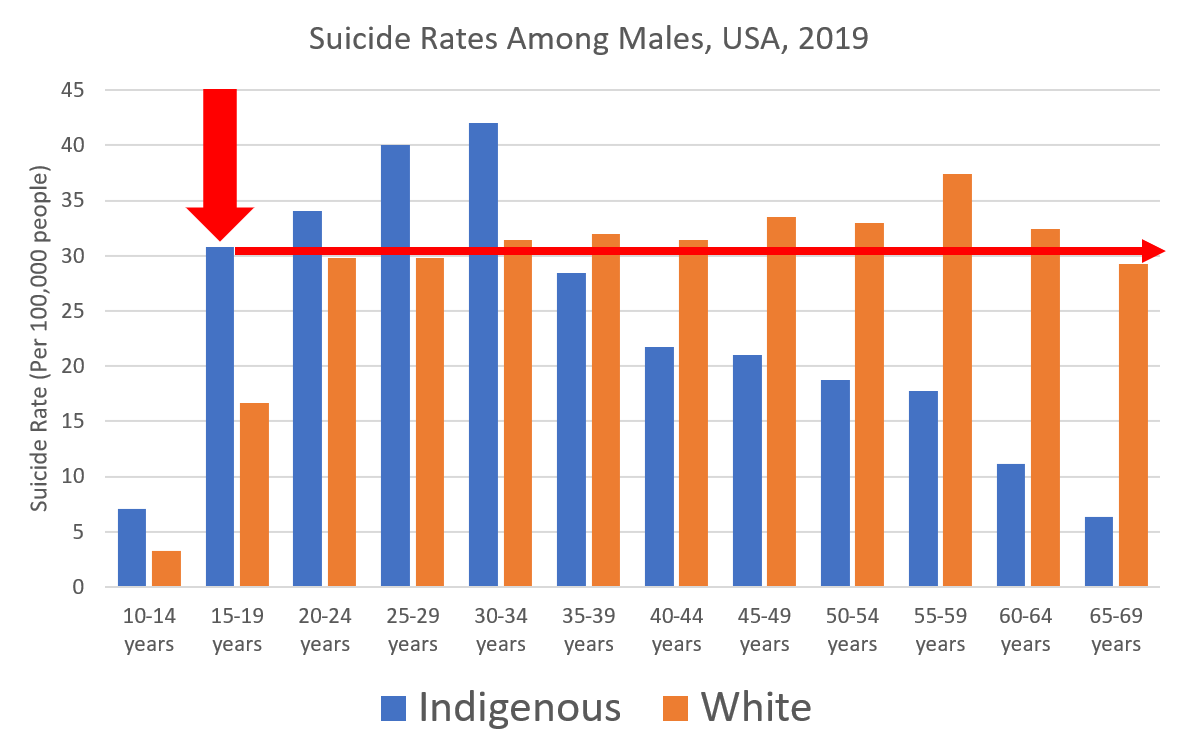
1/ Me: a thread about the importance of getting to know your patient, respect them, and create spaces for appropriate clinical care when rote guidelines would introduce harm.
An "expert":
Cruel, pedantic, and thoughtless.
The worst of people can beleive they're righteous.
An "expert":
Cruel, pedantic, and thoughtless.
The worst of people can beleive they're righteous.

2/ In case you're wondering about my thread which prompted it, it was this one.
I created it specifically to outline an example of when "going through the checklist" would be cruel and heartless.
https://twitter.com/tylerblack32/status/1369780750887784449
I created it specifically to outline an example of when "going through the checklist" would be cruel and heartless.
3/ Please, if you take care of patients, never forget this important lesson.. you will always have rigid academics and administrators telling you that X, Y, and Z are required. And truly, a majority of the time you should do X, Y, and Z. Guidelines can be very helpful.
4/ But if your patient needs W, then goddamnit, justify it, document why, and move heaven and earth to get W.
Your patient always deserves to be treated like an important individual, not a cog in a machine.
Your patient always deserves to be treated like an important individual, not a cog in a machine.
• • •
Missing some Tweet in this thread? You can try to
force a refresh



















